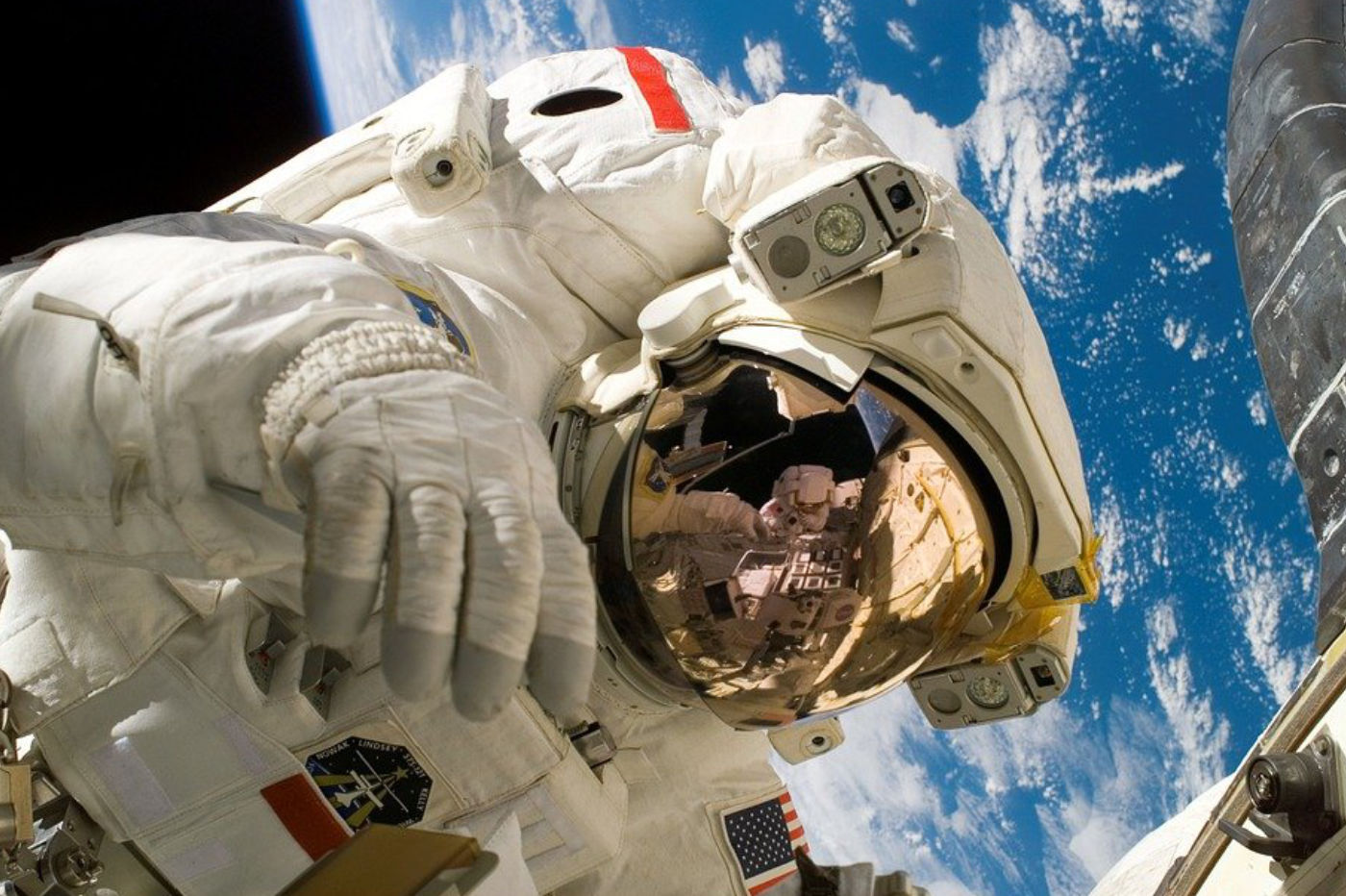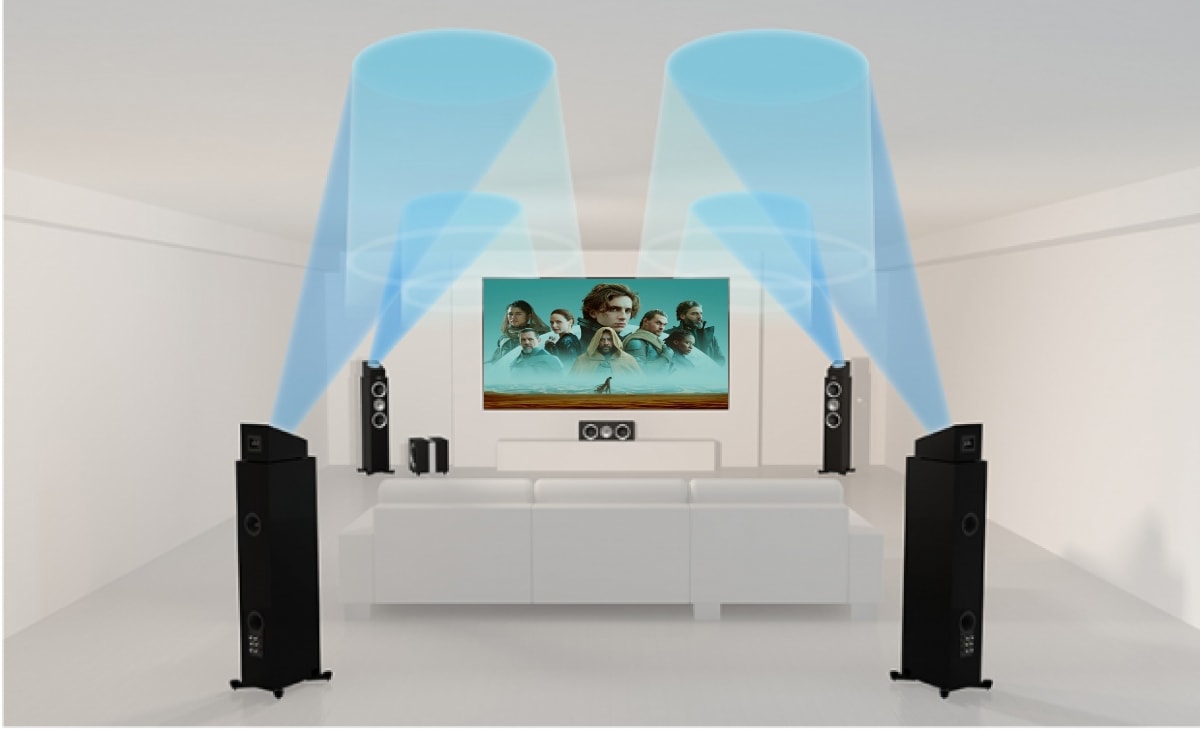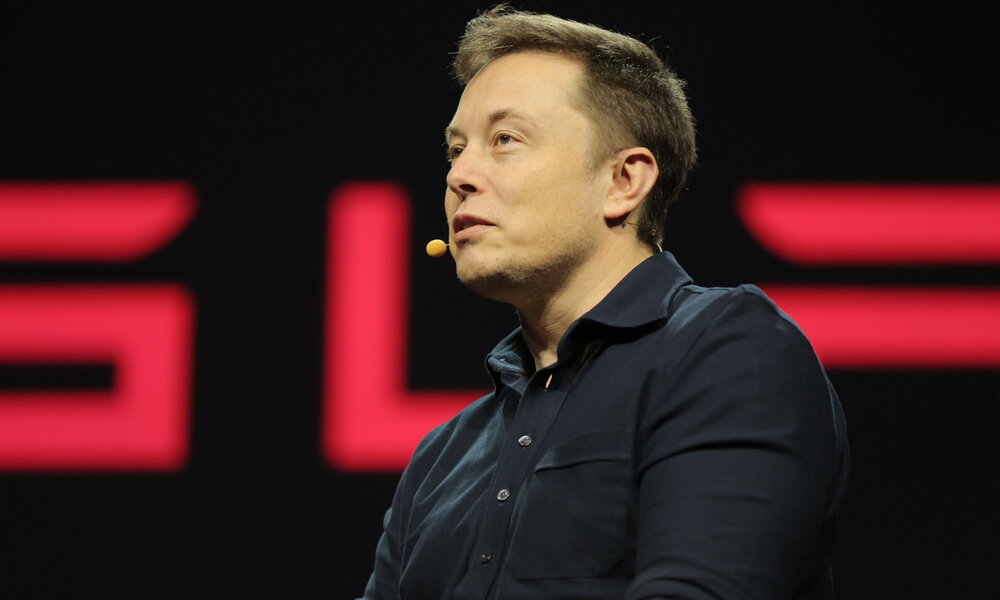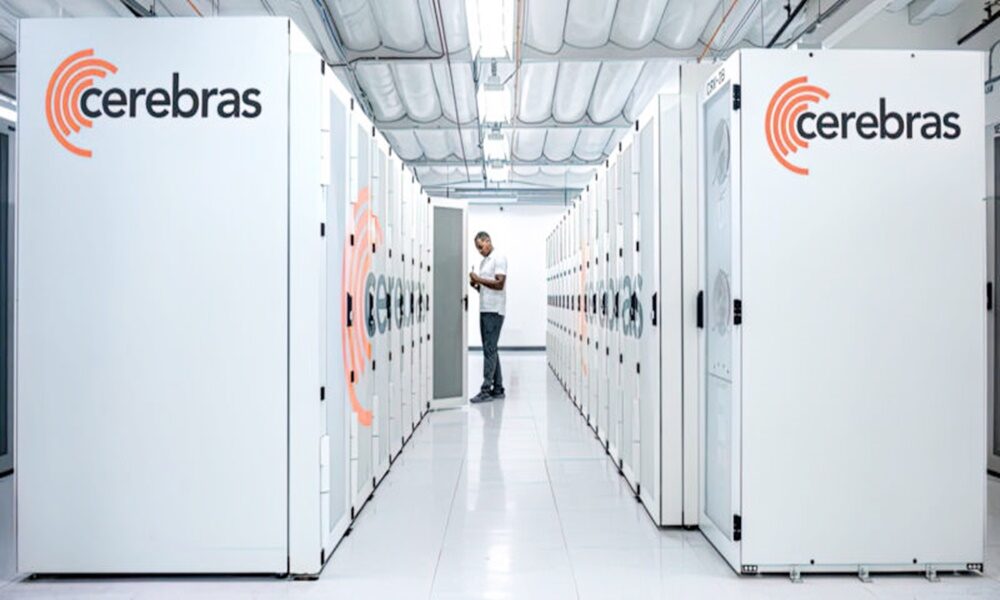
NASA is looking for new astronauts, it has never had so few within its walls since the first selection in 1959.
While the Artemis missions will begin during this year 2022, which aim to return men (and for the first time women) to the Moon, NASA is still affected by a shortage. Semiconductors are not the reason for this lack within the American space agency, which suffers rather from a human absence.
Indeed, NASA today has 44 astronauts operational or in training. A figure that may seem sufficient when you know that space missions do not take place every month and that they never bring many people under the hood of a rocket. But when we look at NASA’s historical figures, we understand better why the agency is still trying to recruit new astronauts.
Indeed, while the Apollo missions were in full swing in the 1960s, more than 400 people, more or less ready to go into space, were dedicated to this task by NASA. A figure 10 times higher than today.
In order to find a sufficient number of astronauts, around 150 according to many experts, NASA is therefore increasing the calls for applications, in search of the next Buzz Aldrin. As a reminder, in March 2020 NASA had already launched a big appeal to the American population to create its next generation of astronauts.
But this new class of air knights shouldn’t be enough for NASA. Indeed it is only a matter of time before the American space agency relaunches a call for applications across the country.
What are NASA’s selection criteria?
But how do you become an astronaut? What are NASA’s selection criteria? So many questions that we will try to answer in this article. In order to help us give you an overview of the American space agency’s recruitment process, we can already review the criteria required by ESA, the European space agency, to join its ranks.
First of all, from an academic point of view, a master’s degree (Bac+5) is required, whether in mathematics, biochemistry, life science or even robotics, the field ultimately matters little. Not having a doctorate is not eliminatory, but the highest university degree is “highly recommended” by space agencies.
A marathon runner? Not necessarily
From a physical point of view, if President Einshower had decided that only fighter pilots could become astronauts during the first NASA selection in 1959, today the criteria have changed a lot. It is obviously possible to be a pilot before becoming an astronaut, as is the case with Thomas Pesquet, but this is not a mandatory criterion here again.
It is often said that you have to have “the physique of a marathon runner” to have a chance at NASA, but this assertion has proven to be false. Obviously an exemplary physical condition is required, more than perfect vision, but you don’t need to be a beast of the gym to have a chance at NASA.
Sociability at the heart of NASA’s attention
Indeed, the most important criterion, but also the most underestimated, is the ability to work in a team and to contain stress. In a mission to Mars, the trip could last almost a decade if we assume that the astronauts will found a colony on the red planet and not simply go there and back.
In such a long period of time, team spirit must remain at the heart of the mission and individual rivalries no longer have their place at NASA, as was the case in the 1960s, astronauts of the Apollo program being above all rivals.
In a word, today it is above all necessary to be someone very easy to live with. This quality of astronauts is too often underestimated, even though it counts for a lot in the NASA or ESA selection process.



